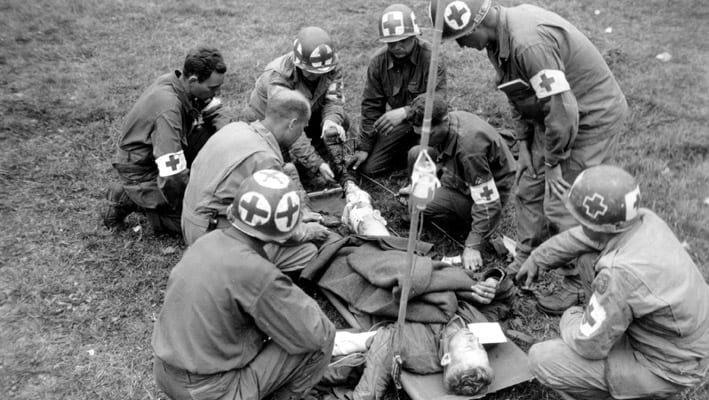Everyone likes to keep their energy bills low, but did you know there’s a cool way to save on energy costs? Improving the energy efficiency of your fridge and cold store will help keep your bills down and you should start to notice significant savings.
The way in which you operate your equipment plays a major role in how big your energy bills are. It’s important to understand the four main ways heat can get into your cool room.
First, the product that you’re aiming to cool down contains heat. Secondly, heat can seep through the walls, floors and ceiling. It can enter when the door is open, and it can also be produced by the machinery and lights in the cold store.
When heat enters the cold store, the refrigeration system must remove it – and the harder it has to work, the more money it costs you. There are some simple ways of keeping costs down by altering the way you run your food production and storage processes.
Positioning your equipment
Locate your refrigeration equipment in cold areas within your premises. Never place it in hot areas such as in sunlight, near cooking equipment or in the vicinity of heated display cabinets, as this means it will have to work much harder.
The ceiling space above your cool room should be ventilated to avoid heat build-up and you also need to provide ventilation around condenser coils and fans.
Position freezers next to cold stores so they are sharing at least one wall if possible, shade the roof above refrigeration equipment and upgrade insulation to protect cold stores from external heat sources. Make sure the seals around the refrigeration units’ doors are good and that they don’t allow leakage.
Managing product loads
Working on the basis that the hotter the products, the longer they take to cool in the cold store, load products when they are as cool as possible, rather than putting them in cold storage straight from the oven. Before you put things in the cold store, products coming out of the oven can be cooled to room temperature using environmental air flow.
Never store products in hot areas, such as in a loading bay or in direct sunlight. Transfer the pre-cooled products from one refrigerated environment to another as quickly as possible.
By following these simple procedures, you will reduce the length of time needed to chill products in the cold room and therefore reduce energy use. Similarly, defrost frozen goods in the cold room, as this will help to keep the air cooler.
In terms of pallets, keep them cool too. Don’t leave them stacked in direct sunlight before loading goods on to them to transfer to the cold store.
Opening the door
Never leave the doors open when you enter and leave the cool room, as this wastes a lot of energy. Self-closing doors can be useful, as can plastic strip curtains, swinging doors, automatic doors, or doors that can be operated by remote control.
Avoid opening and closing cold room doors unnecessarily – such as going in for small quantities of products, for example. If you have high turnover products, keep them in a small, separate refrigerator. When designing freezers, make sure you can enter them through the cold room.
Internal equipment
Turn the lighting and anti-sweat heaters off in the cold room when they are not required to save on energy. Putting the lighting on timers or installing occupancy sensors can help. You can also install energy-efficient lighting that produces less heat.
Set the cold store’s thermostat to avoid over-cooling products and reduce freezer set points if appropriate. If the evaporators aren’t on auto-defrost, make sure you defrost them regularly.
Keep regular maintenance up to date, including defrosting the freezers when the ice builds up to 5mm thick, keeping the condenser coils clean, making sure the equipment is running quietly and smoothly and checking that the compressor cycle is on and off at regular intervals.
Finally, keep a constant lookout for general wear and tear, as cold stores and refrigerators can come in for some pretty harsh treatment. Things to check for damage-wise are door seals and insulation – you can also check whether the doors continue to fit properly, in case they have received a knock.
Taking these simple and practical measures can significantly reduce your energy consumption, but you should also try and make sure you have the best and most efficient cold storage equipment on the market.
1COLD specialises in the design, project management and construction of temperature-controlled, hygienic environments, including cold rooms, industrial chillers and cold stores for the food and drinks industry. Please contact us for further details of our products and services.




